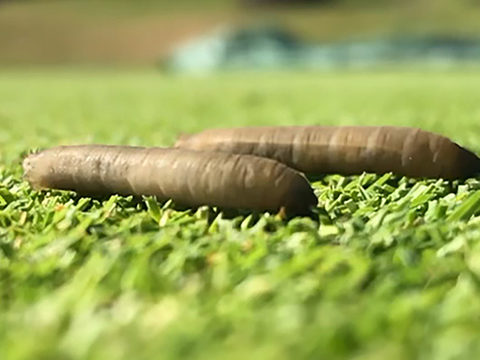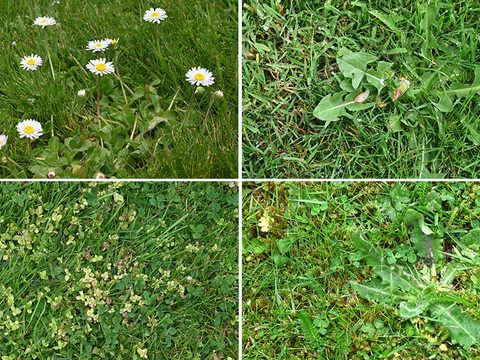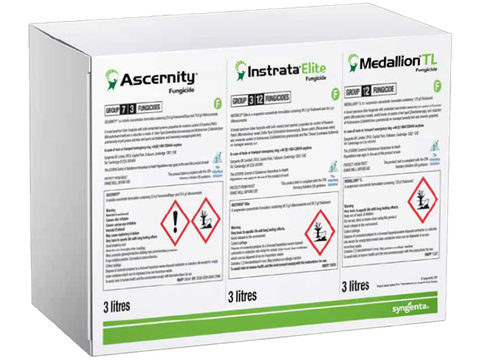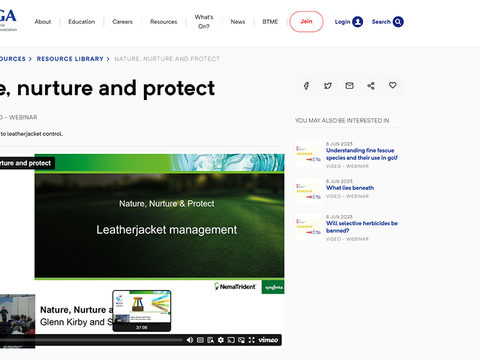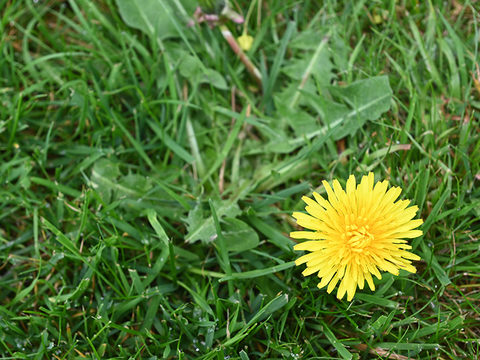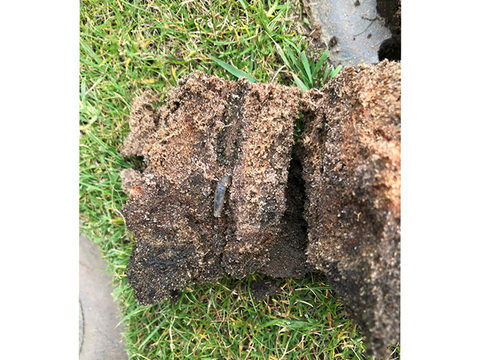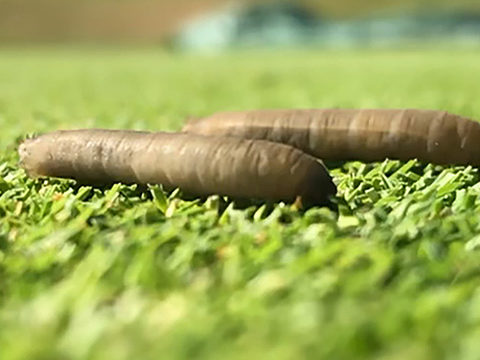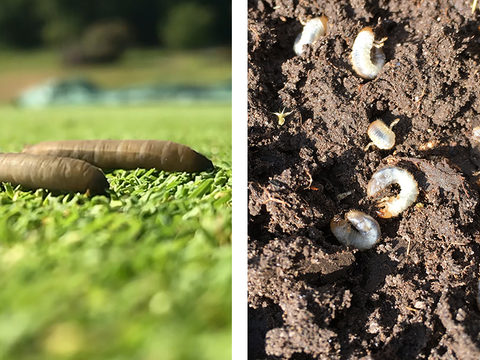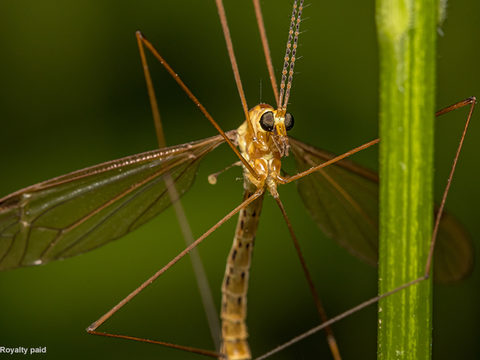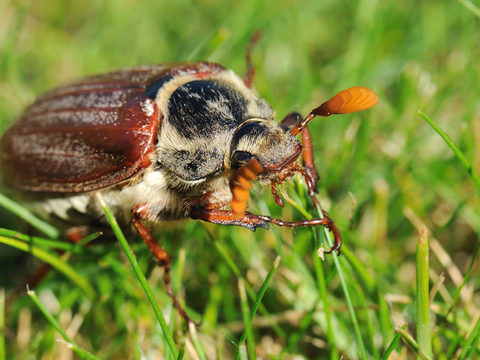Natural fit for course colour

On the Chilterns chalk escarpment that rises from the banks of the River Thames in Berkshire, Goring & Streatley Course Manager, Matt Aplin, is looking at all avenues to enhance grass retention through the summer, and produce an attractive course all year around.
Members at Goring & Streatley Golf Club have just completed an investment of some £¾ million pounds in a new irrigation system. For Head Greenkeeper, Matt Aplin, key to getting the best from the system is making more efficient use of the available water resources.
“We are not looking for wall-to-wall ‘Augusta-style’ lush growth,” Matt emphasised. “The course sits in an area of outstanding natural beauty and plays as an exceptional downland course; we now have the opportunity to maintain and enhance that quality all year around.”
One of the conditions of Environment Agency approval for the installation, and to retain the existing abstraction license, was to avoid losses and waste throughout the irrigation system.
After years of struggling with an ageing system that was incredibly slow, prone to wasteful leakage and simply unable to cope with prolonged periods of extended hot, dry weather that have become more frequent, the decision was taken to invest in a completely new system, from storage right though to pipework, heads and controller.
“The Club and members have made a huge financial investment and commitment in the course, which needs to show a return in terms of course playability and consistency,” pointed out Matt.
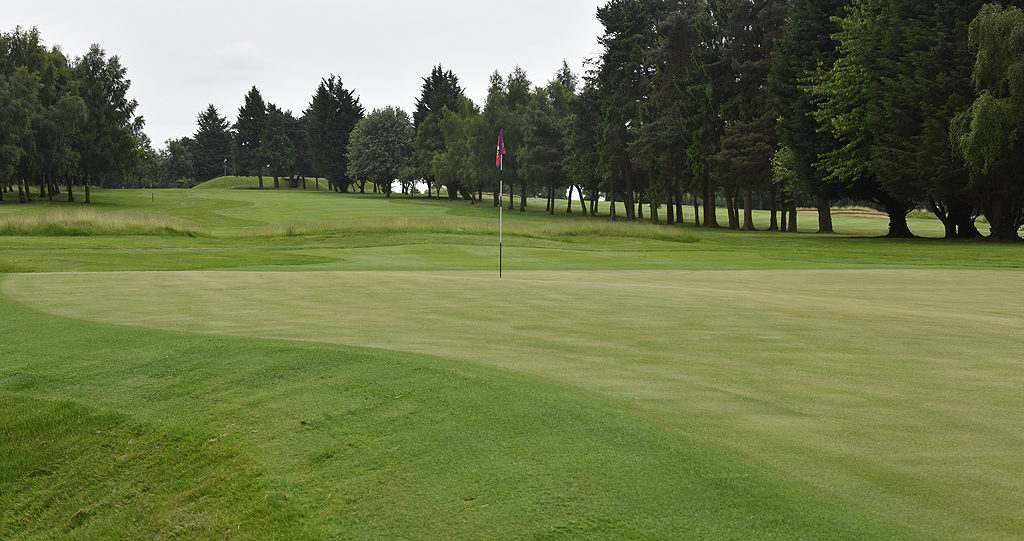
He highlighted the intention of the fairway irrigation is primarily to keep turf alive through the summer, which should reduce the reliance on costly over seeding each year and, in the long-term, develop a stronger, more consistent turf cover.
On the greens, his trials have shown that a Qualibra wetting agent programme can make better use of irrigation resources to successfully achieve the balance between surface firmness and maintaining plant health through the summer.
“This year I've reduced my water inputs to lower than ever and the greens are performing well. They are firm and holding moisture deep down. We only hand watered for the first time this year at the end of June, and that was really only in a few hotspots.
“I can really push the greens, with moisture levels around 12% to 20% on Poa at three mm height of cut. And still have no issues in this pronged period of dry weather, he reported.
As an evaluation of the wetting agent performance Matt left half or the practice green as an untreated area, By the end of June the untreated side was visibly wilting and suffering from several significant Dry patch areas, whilst the half treated with three applications of Qualibra had 100% healthy turf cover.
“Having seen the performance of Qualibra I will be looking to put in place a full wetting agent programme on fairways, tees and approaches to further utilise all water inputs,” reported Matt.
“With the increased porosity it will enable us to improve turf quality in these areas, as we look to increase cultural practices of aeration and top dressing on these previously baked hydrophobic surfaces,” he added. “It's safe to say I have justified my need to use wetting agents.”
Allied to the Qualibra programme for turf health, Matt has also trialed the new Ryder pigment, with an aim to retain attractive visual colour whilst still keeping greens lean and firm – without recourse to excessive feed and water.
At the end of June he sprayed with Ryder at one litre/ha, in combination with the Qualibra and ICL Seamax (4.0.11) to further promote health and colour.
“We initially used the pigment for colour in April, when the season was slow to get going and looked a bit dull,” said Matt. “It achieved a really nice natural colour. It lasted well, until we got a flush of growth - by which time the greens looked great anyway.”
He also put on an application after a spring top-dressing, when the pigment effectively masked the 10 t/ha of sand put down. “As you approached the green, you couldn’t see that it had been top-dressed. That could really help with our programme for ‘little-and-often’ monthly aeration and top-dressing, without affecting players.
“In terms of playability we know that greens are back to normal almost as soon as we’ve finished, so if we can instantly restore the visual appearance too it keeps everyone happy.” Having discussed with Syngenta Technical Manager, Glenn Kirby (below), it’s a technique that he plans to use again during more extensive renovations planned for later in the summer.
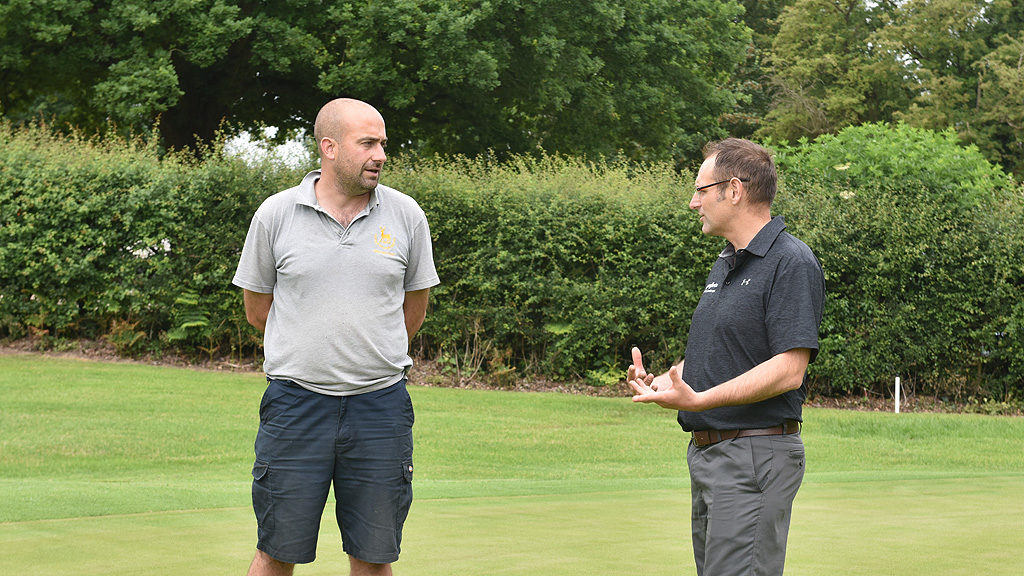
The intensive de-thatching efforts have got some greens down to one to two per cent organic matter, but others are still at four per cent as they are strive to achieve greater consistency and holistic approach across the course management. The use of Ryder for colour might beneficially reduce the reliance and use of iron for green-up.
Matt considers there could be a further possible use to pep-up colour for the October Pro-Am, for example, or other specific tournaments or events. “We need to experiment a bit more with rates and timing according to conditions and growth rates, to get a look and colour that’s natural for the course.”
He believes a little bit of extra colour may also prove attractive during winter months to keep greens looking in top condition, without the need to overfeed. In the slow growing conditions treatments should remain for extended periods, though to when growth kicks-off in the spring.

